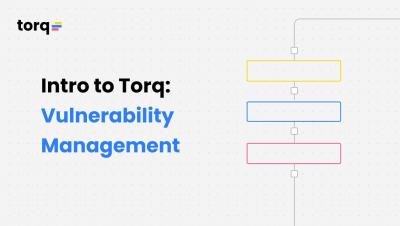Spring4Shell: Responding to Zero-Day Threats with the Right Data
On March 30th, 2022, rumors began to swirl around a GitHub commit from a researcher containing proof of concept (POC) exploit code. The exploit targeted a zero-day in the Spring Core module of the Spring Framework, and was quickly confirmed against specific versions of Spring Core with JDK 9 and above. Anything running Tomcat is most at risk given the POC was based on Tomcat apps. This threat posture will evolve over time as new vectors and payloads are discovered and distributed.











